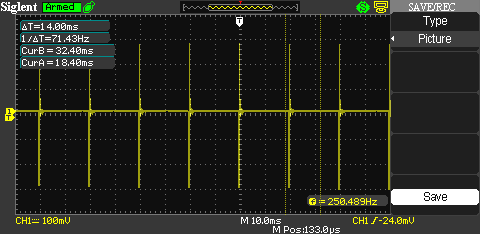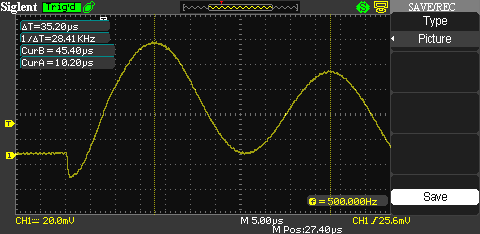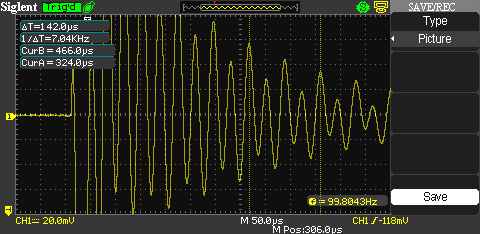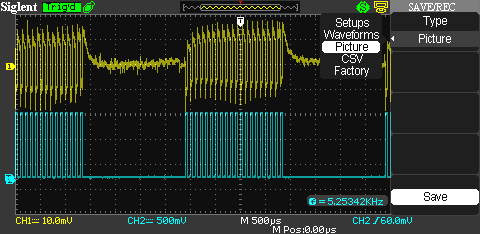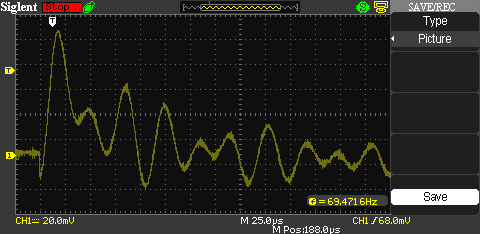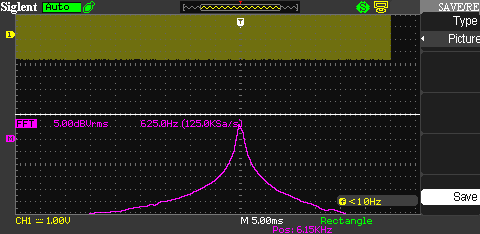Also, are we sure gating is energized?
Ronnie's waveforms from before looked like they weren't, that could be my mistake though.
I'm not sure where he had his scope probes connected. If they were in front of the driver, the driver definitely inverts the signal. If he had the probes between the output of the TIP120 and ground, that signal is inverted from what the primary sees.
If you look at the PLL, pin-5 (INHIBIT) must be held low for the PLL to run. When you bring pin-5 high, the PLL stops at a low state; that same signal goes to the driver which holds the primary energized. Pin-5 is where the gating signal goes.
Another thing I'm not clear on is if I need to add a dc bias and if so how much. I've tried adding the bias before and still no resonance.
DC bias on the cell, that's another story. That's your polarization from leakage current and the charge factor being unbalanced and out of phase. I'm not that far yet, so I can only relate what I think needs to happen.
I'll try to figure out a way to make a pickup coil and do the ping test you mentioned, hopefully tomorrow morning. Thanks for the idea.
You should see some sort of signal on the current sense transformer when you pulse. Don't let the voltage on the current sense transformer get too high or is will smoke the windings inside. Use a shunt to keep it in range.
You may also want to move the ten turns of wire around to different places on the core to where you see the best signal or preferably the best ringing.
Update:I've been reading on the 'ring' test and came across something interesting...One person on another forum said if it takes 10 cycles for the voltage to drop to 1/e then your Q factor is 10....If that's true I should see about 350 oscillations?
The ping test is an electrical means to ring a bell and listen. If you have any resonance at all, your cell, coils and core will ring at some natural frequency. From what I understand from Ronnie, the higher the voltage, the higher the Q, which is why you need to start your tuning at low voltage so you can find resonance while the Q is rather flat. As you increase your voltage, the Q goes up, gets sharper and it gets tougher and tougher to zero in on the exact frequency. This is why Ronnie has stated several times, never, ever make frequency adjustments when running at full power. The Q is way too sharp and just a few Hertz will knock it out of tune, then things smoke. With that in mind, you can see why Stan's circuits have a PLL to constantly listen to the ringing and maintain phase alignment. A PLL is the only thing fast and precise enough to make the needed adjustments when running flat out.
